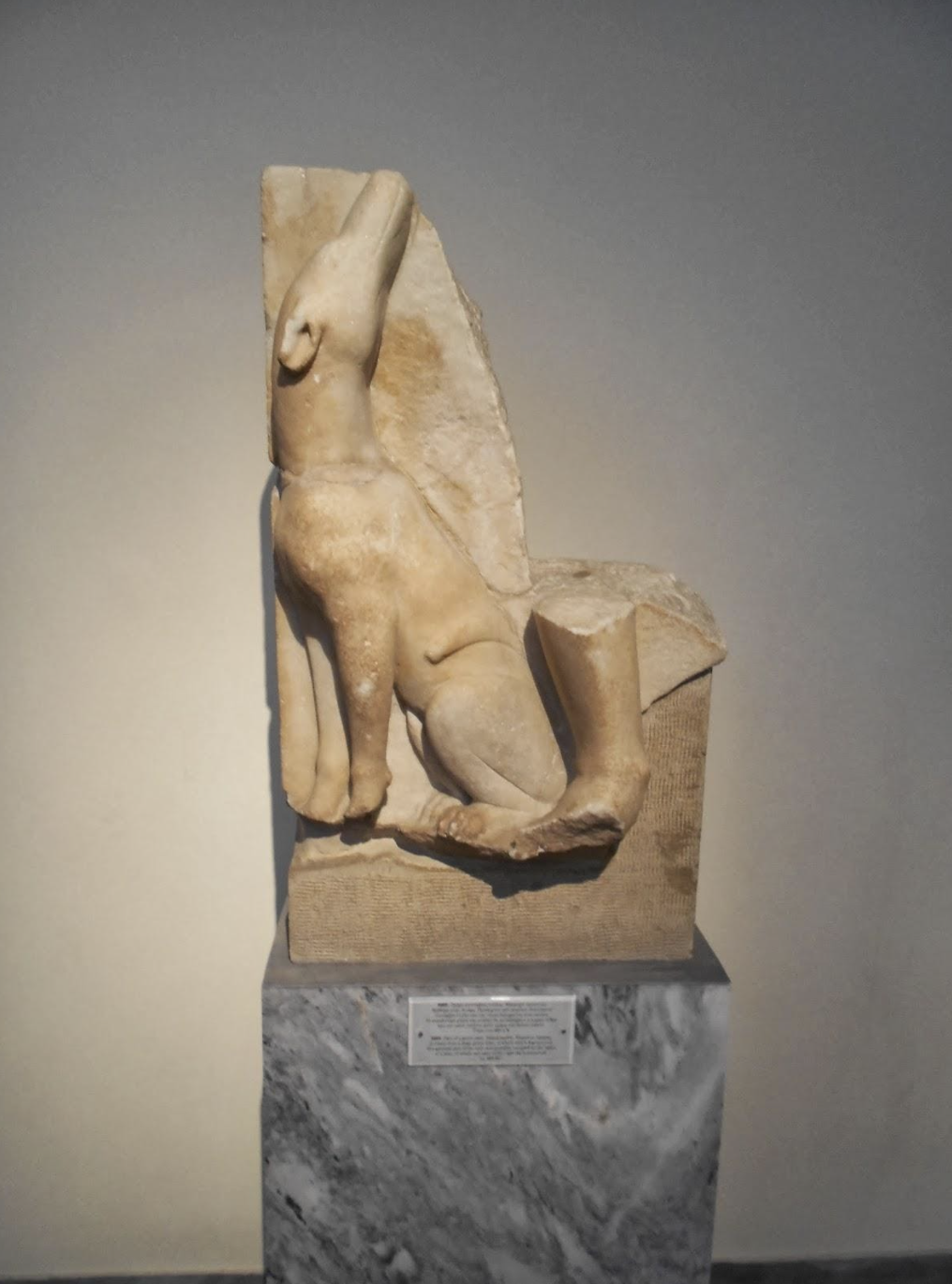η
EXCEEDING INSTRUCTIONS
The impressively named Smythe was an aristocrat, diplomat and politician. Educated at Harrow, he succeeded to the title of Viscount Strangford in 1801, entered diplomatic service in 1802 at the age of 22 and was to be quickly promoted. During his diplomatic career, he acted as ambassador to Portugal, Sweden, Ottoman Turkey and Russia, but experienced a major set-back to his aspirations when he was accused of ‘exceeding instructions’ while based at Constantinople. His antiquarian legacy is reflected not only in his collecting, but in his connections in the literary and antiquarian spheres – for better or worse. In 1803, he published some poetry while based in Lisbon, which led Byron to write the poetic line ‘Mend, STRANGFORD! Mend thy morals and thy taste… Cease to deceive, thy pilfered harp restore’ as part of an accusation of plagiarism. He was also a major translator of Portuguese poet Camoëns. He wrote articles and collected books, but his collection passions were sparked by a Grand Tour, and undoubtedly his interest in classical art would have been fed by his role as ambassador to Ottoman Turkey. His collection included the beautiful late Archaic sculpture known as the Strangford Apollo. He was to give this, along with a number of other antiquities, to the British Museum. (Adapted from a text by the Society of Antiquaries of London)
MEND, STRANGFORD!
Pure is the flame which o’er her altar burns;
From grosser incense with disgust she turns
Yet kind to youth, this expiation o’er,
She bids thee “mend thy line, and sin no more.”
For thee, translator of the tinsel song,
To whom such glittering ornaments belong,
Hibernian Strangford! with thine eyes of blue,
And boasted locks of red or auburn hue,
Whose plaintive strain each love-sick Miss admires,
And o’er harmonious fustian half expires,
Learn, if thou canst, to yield thine author’s sense,
Nor vend thy sonnets on a false pretence.
Think’st thou to gain thy verse a higher place,
By dressing Camoëns in a suit of lace?
Mend, Strangford! mend thy morals and thy taste;
Be warm, but pure; be amorous, but be chaste:
Cease to deceive; thy pilfered harp restore,
Nor teach the Lusian Bard to copy Moore.
Lord Byron, British Bards and Scotch Reviewers.
MELENTIAN ROCKS
The two islets opposite Anafi, the Ftenà islets today, served as a landing ground for Apollo on the Hades-like night when the Argonauts invoked him. Apollonius Rhodius refers to them in the Argonautica as the Melentian Rocks. (Piergiorgio’s notes)
A MYSTERY COATING
Treatment date: 17 June 1999
Reason for treatment: examination
Treatment proposal: investigate and remove coating applied to testicles, both nipples and splashes.
Condition: the object is sound but for a mystery coating applied to the testicles, both nipples with 2 further spashes under the nipples and across the body in one small area to the right. The colour is a blueish white. It has a waxy feel to it though this may be because the whole object is waxy. It does not taste like salts and has the appearance, anyway, of being applied deliberately.
Treatment details: the substance was found to be a form of cellulose filler. It was easily removed with deionised water and cotton wool swabs. (The British Museum Collection Online)
THE SUPPLICANT AND THE DOG
The Strangford Apollo is not the only statue from Anafi to be exhibited in international museums. The Wikipedia article on Anafi mentions, en passant, a Hellenistic statue from Saint Petersburg’s Hermitage Museum representing a woman. Starting from that source, for months, I have incessantly tried to locate this statue on the Internet but every search would only lead me to the male Strangford Apollo. It was only with the help of Professor Kenna that I managed to locate and obtain a picture of this mysterious female statue from Anafi, “the Supplicant.” Another important finding from Anafi is a part of a grave stele from about 460 BC featuring a dog. It comes from a large grave stele but only the dog survives. The rest of the stele probably featured the figure of a man, of which only part of the right leg is preserved. (Piergiorgio’s notes)
ASGELATAS
One of the inscriptions (the one over the inner lintel of the cella, which uses what Hiller describes as “Roman style punctuation”) refers to “Pythian Apollo” (I.G. XII, 3:274), which might indicate that it was an oracular site, at least in Hellenistic times. However, other inscriptions, dated to the second century BCE by Hiller (for example, I.G. XII: 248 line 8) refer to Apollo with the epithet “Asgelatas”, and a first century inscription (I.G. XII: 249 line 22) refers to “celebrating the Asgelaia” (panayirei ton Asgelaion). Another inscription, discovered by Richard McNeal during a visit to the island in 1966 (McNeal 1967), and as far as is known unpublished, might be interpreted as suggesting that the site was a healing shrine. The inscription reads, in translation, “To Apollo Asgelatas, on behalf of (my) son Aristogenes” (see Figure 5). This unique epithet, Asgelatas, is said by some scholars to be a variant of aigletes, radiant, but there are other more controversial interpretations. (Margaret E. Kenna, “Apollo and the Virgin: The Changing Meanings of a Sacred Site on Anafi”, History and Anthropology, 20: 4, 2009, 487-509)
June 2014




